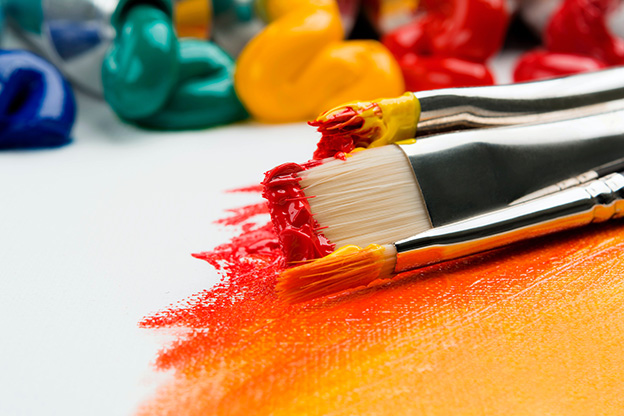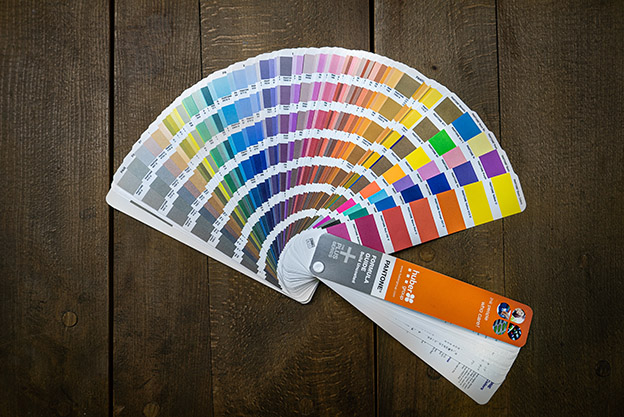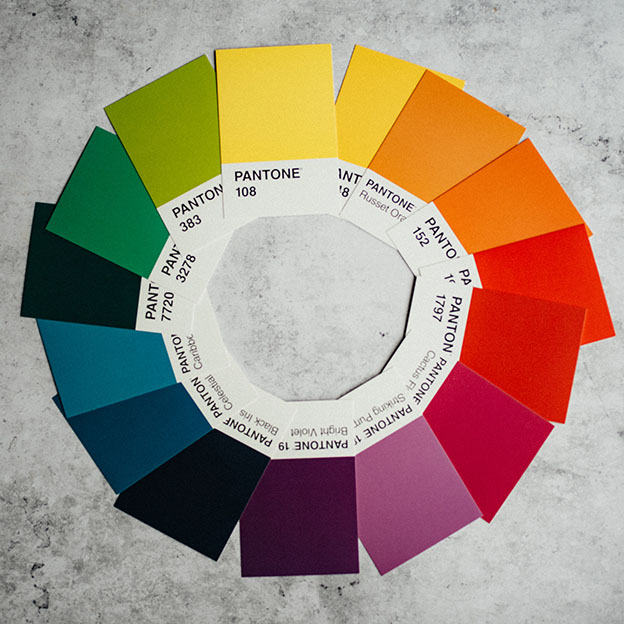Fashion designing colour schemes involves a lot of different processes and techniques. These vary depending on your design and the thought process behind it. But if there is one thing that you cannot take out of garment making, it’s the colours! They are everywhere. It doesn’t matter what style, design and silhouette you choose for your creations, colours are an integral part of it! Black is a colour, white is a colour, fabric before you dye it also has a colour. As we see, there are so many different types of colours around us and with every new fashion season, we have a colour forecast for the year. These colours will be at the forefront of all the designer wear collections in the fashion market. Even when you choose to go minimal with colours, you do have some colours that you use to highlight certain features.
By now, we all know how important colours are in fashion designing. That is why you have different colour theories that will help you understand colours better. All fashion designing courses have colour theories as a part of their program. You’ll be learning about different types of colours, their categories, undertones, shades, hues and so much more. It all starts with a humble colour wheel. That’s one of the first things that you will make which is the basis for different colour schemes. This colour wheel will make life easier for you, by explaining colours in the smartest and quickest way possible. Hamstech offers fashion design course options that have colour theories and applications explained in detail. So if you ever feel driven and motivated because of so many vibrant colours that you see in your day to day life, then it’s time to realise that designing could be a plausible option for you! Let’s not wait much longer and get right into these simple yet super helpful colour schemes.
Table of Contents
Winning Colour Combinations to Wear in 2021
- Beige and lilac is all over the social media handles of fashion influencers and stylists. This minimal yet classy combination will work for any kind of outfit, from office wear to ethnic wear. The next time you think beige is boring, think twice!
- The quintessential sunny side up combination: grey and illuminating yellow is the combination of the season. Yellow isn’t just for colour lovers, anybody can now flaunt it if you own the right shade of it!
- Orange and blue for all you quirky people out there. There are different shades of orange and blue that you can pick based on your taste. A pastel orange with navy blue will do that trick for formal wear.
- Classic red and blue will work best for basic denims and tee shirts. Haven’t we all loved this combination for way too long to stop now?

Monochromatic
Different shades and tints of the same colour fall under the monochromatic colour scheme. If you would like to try and see what colours you can obtain from this scheme for a specific hue, then it’s super easy to try at home. Pick a colour, now mix black in different amounts to get different darker shades of the same colour. Mix white in different amounts to get different lighter shades of the same colour. Monochrome colours are trending this season, so flaunt your favorite colour combination from the ones you just created!

Also Read: Fashion Designing Guide to Optimal Colour Combinations for Attires
Complementary
The opposite colours on a colour wheel are said to be in complementary colour schemes. Colour combinations of this scheme are mostly used in our day to day lives and also in fashion. As they are vibrant and stark opposites, they tend to pair really well with clothing. Some examples of complementary colours schemes are red and green, blue and yellow and so on. If you check your wardrobe, you might find a lot of clothes that will align with complimentary colour schemes!
Analogous
The two colours beside the colour selected are said to be analogous with each other. As these are close to each other, there won’t be much contrast. It’s also possible that they have similar undertones. Analogous colour schemes aren’t favored by many, as they seem to merge into each other. Yellow, sunshine yellow and leaf green are an example of the analogous colour scheme.

Split Complementary
Split complementary can be seen as a different version of our most loved complementary colour scheme. The colours beside the opposite of the colour selected fall under split complementary. You could also describe them as the colours beside the compliment colour on the colour wheel. These colours are in good contrast and can be used to obtain some unconventional combinations.
Triadic
If you place an equal sided triangle on the colour wheel, the colours that fall on that triangle are said to be in the triadic colour schemes. These colours belong to different families yet work harmoniously when sported together. You’ll obtain some abstract combinations under this colour scheme.

These are the important colour schemes in fashion designing. You can learn about their usage and applications in detail with Hamstech fashion design courses. Enroll now!

